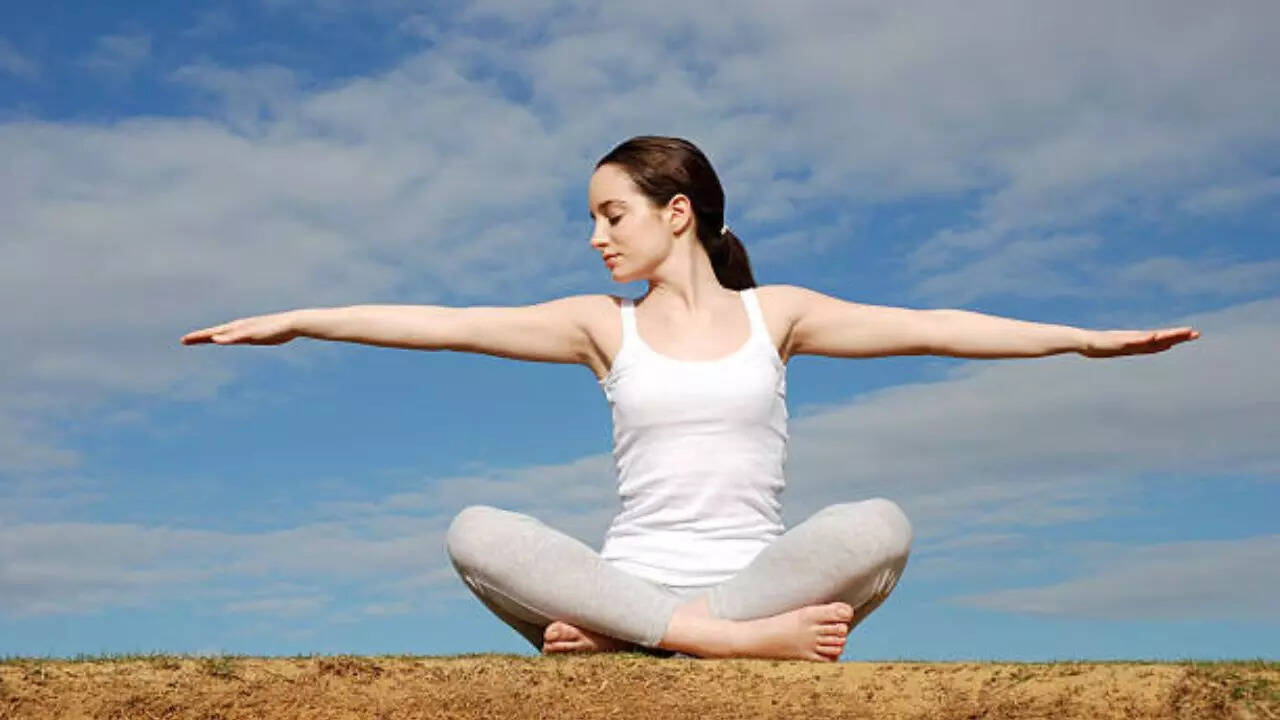Contents
Feeling pain, shock and stress? Try somatic yoga that empowers your mind and bodyHow does physical yoga benefit you?reduces painIncreases flexibility and mobilitycalms anxietyrelaxes youHow to start somatic yoga?postures in somatic yogaVrikshasana Yoga or VrikshasanaMountain Pose or TadasanaEasy Pose or Sukhasana
-
news
-
Health
-
suitability
Feeling pain, shock and stress? Try somatic yoga that empowers your mind and body
Somatic yoga combines yoga with somatics – a type of movement therapy that retrains your brain and body to move and feel the muscles. Even though anyone can do it, somatic yoga requires an instructor to help you achieve your ultimate goals like improving stress, reducing pain, and relieving trauma. Read on to learn some asanas you can excel at.

Somatic yoga combines the fundamentals of yoga postures as well as breathing exercises and meditation
The practice of yoga, which combines asana with somatics — a type of movement therapy to retrain your brain and move your muscles — helps you get to know your body better. body yoga Not only helps you become flexible but also reduces stress and pain and can provide relief from trauma.
It combines the basic principles of breathing exercises – known as pranayama and meditation – with yoga postures, mostly in seated and supine positions, to build the connection between your mind and body.
According to those who practice this yoga, it benefits you by learning to pay attention to your physical sensations while moving – helping you build self-awareness and allowing you to feel restored and empowered in your mind and body. Gives.
How does physical yoga benefit you?
According to experts, engaging in somatic yoga provides various health benefits for both your body and mind. In addition to improving balance, somatics helps you increase mind-body awareness, reduce pain, and improve mental health.
reduces pain
According to research, there is a possible connection between chronic pain and emotions. Somatic yoga helps process your emotions and reduce physical pain. Studies show that increasing your awareness of your mind through physical activity helps you manage chronic pain.
It may also help reduce your perception of pain.
Increases flexibility and mobility
A major reason body movement helps you deal with pain is that it makes you more flexible and balanced – especially with stretches.
Increase awareness of your body and mind.
Somatic yoga improves your ability to recognize your thoughts, emotions, and physical sensations like your heart rate and breathing. It also helps you manage your breathing and heart rate.
calms anxiety
Somatic yoga helps you recognize your emotions by calming anxiety, reducing stress and improving your mood.
relaxes you
Somatic yoga gives you a feeling of peace and relaxation, taking your body out of fight-or-flight mode. Breathing, often integrated into somatic exercises, slows your heart rate and creates a feeling of relaxation.
How to start somatic yoga?
Body yoga doesn’t take a lot of time and is also extremely easy on clothes.
According to experts, as a yoga beginner, there may be some small risks of injury, especially if you don’t perform the exercises correctly or push your body too far. The most common yoga injuries include repetitive strain injuries, muscle strains, sprains, and torn ligaments.
Before you dive into somatic yoga, you must:
- Ask your doctor for advice if body yoga is right for you
- Start slow and work with a certified yoga instructor to make sure you’re doing the movements correctly.
- Know your body’s limits, and don’t push it further than you can handle.
postures in somatic yoga
Vrikshasana Yoga or Vrikshasana
Taught to beginners, tree pose or Vrikshasana Helps you focus on staying steady, builds your balance and coordination and improves strength.
Mountain Pose or Tadasana
Tadasana Or mountain pose is extremely important for your posture. Pay attention to each part of your body and its role in keeping your spine long.
Easy Pose or Sukhasana
The easy pose helps open up your hips, stretch your knees and ankles, and strengthen your back. Commonly used for meditation and breathing practices, this posture is both popular and calming.
Get the latest news live on Times Now with breaking news and top headlines from fitness, health and more from around the world.


